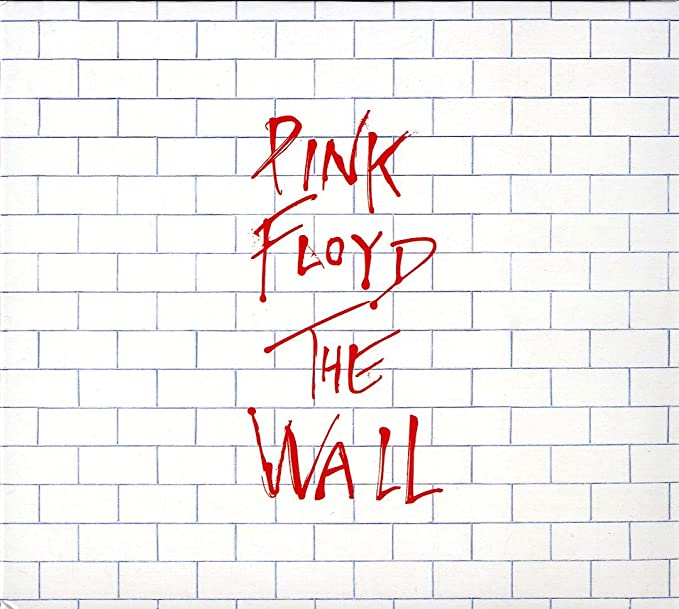



"Another Brick in the Wall" is a famous song by Pink Floyd, released in 1979 on the album "The Wall". This song has become a symbol of protest and youth rebellion, but it is also full of interesting facts and anecdotes.
One of the most well-known curiosities concerns "Part 2" of "Another Brick in the Wall". The chorus "We don't need no education" was sung by a choir of children from Islington Green School in London. The choice to include children's voices was a bold move that emphasized the theme of the oppression of education and gave the song a unique and powerful element.
During the song's recordings, members of Pink Floyd experimented with various techniques to achieve the desired sound effects. For example, to create the sound of percussion in "Another Brick in the Wall," unusual objects like a drill and a screwdriver were used to strike against a wooden case. This helped create a distinctive and recognizable atmosphere in the song.
"Another Brick in the Wall" achieved great commercial success, reaching the top of the charts in several countries. Its cultural impact was amplified by the associated music video, which depicts a rebellious school class against an oppressive education system. The video sparked controversy and was banned in some countries, further adding to its resonance and social significance.
The song has become a generational anthem, encapsulating the feelings of rebellion and frustration among many young people of that time. Its lasting impact is still evident today, with "Another Brick in the Wall" frequently being played on radio and performed during concerts and musical events.

(click on the album and listen now
Pink Floyd is a legendary British band that has left an indelible mark on the history of music, particularly in the progressive rock genre. The band was formed in 1965 in London and consisted of exceptionally talented and visionary members.
One of the distinctive aspects of Pink Floyd was their inclination for innovation and musical experimentation. They created complex and conceptual compositions, blending elements of rock, psychedelia, and electronics to create a unique and recognizable sound.
One of Pink Floyd's most famous works is the album "The Dark Side of the Moon," released in 1973. This album became a masterpiece of rock music and established Pink Floyd as one of the most influential and innovative bands of their time. Its success was extraordinary, with over 900 weeks on the Billboard 200 chart.
Another iconic work by Pink Floyd is the album "The Wall," released in 1979. This album, characterized by a complex narrative and themes of alienation and isolation, was a huge commercial success and inspired the creation of a film of the same name.
An interesting anecdote involves Pink Floyd's performance during the "Live 8" concert in 2005. After a long hiatus from live performances as a band, the remaining members reunited for a one-time performance to support the campaign for debt relief in the world's poorest countries. Their performance was highly anticipated and once again demonstrated the incredible power and influence of their music.
In addition to their musical impact, Pink Floyd was known for their spectacular stage and visual productions during concerts. The use of lights, projections, special effects, and inflatables created immersive and engaging experiences for the audience, making each concert a unique and memorable event.
In conclusion, Pink Floyd was an exceptional artistic entity driven by the creativity and brilliance of its members. Their music became the soundtrack of entire generations, conveying deep emotions and addressing complex themes. Their impact on music and culture is immense, and they will continue to be remembered as one of the most innovative and influential bands of all time.
